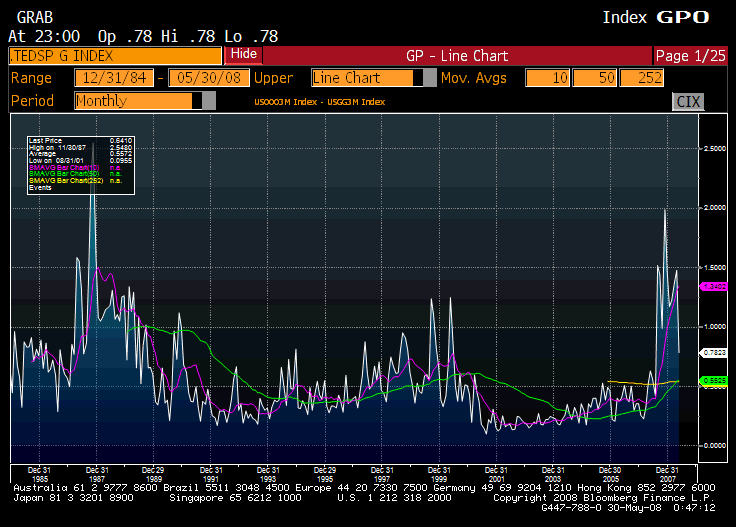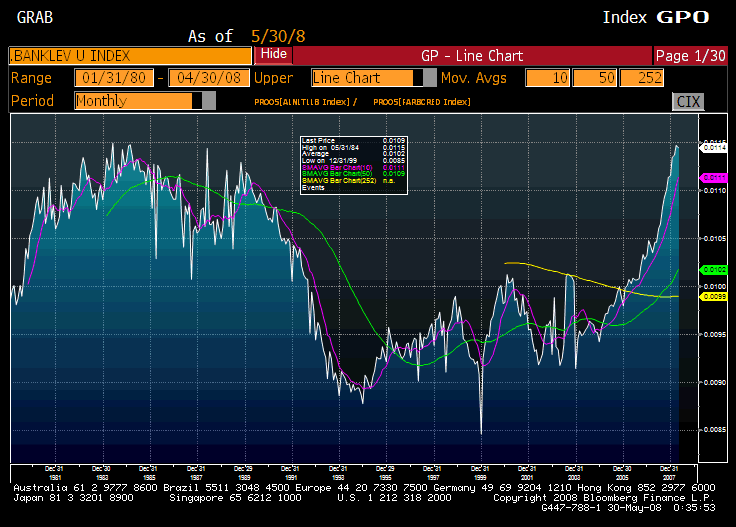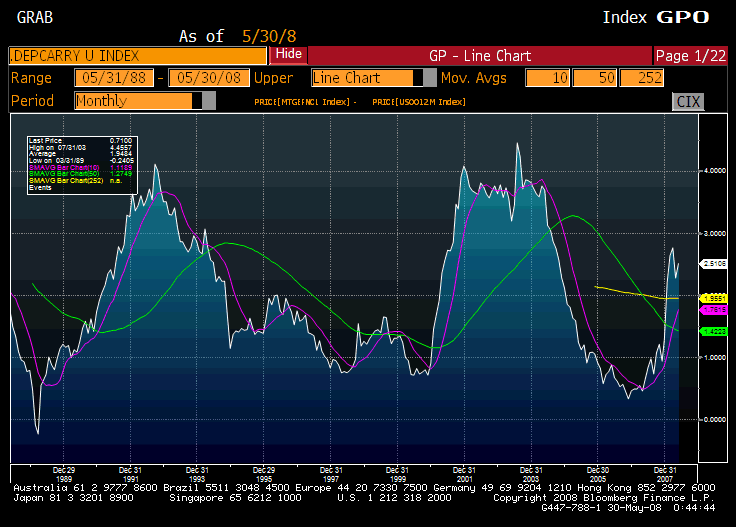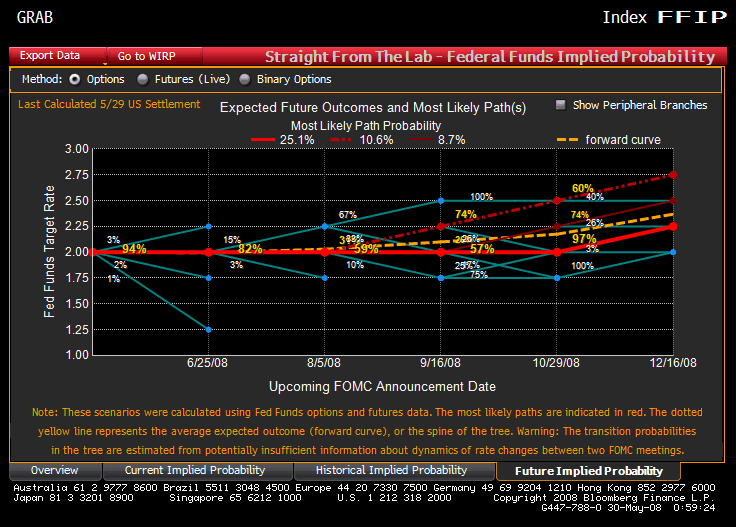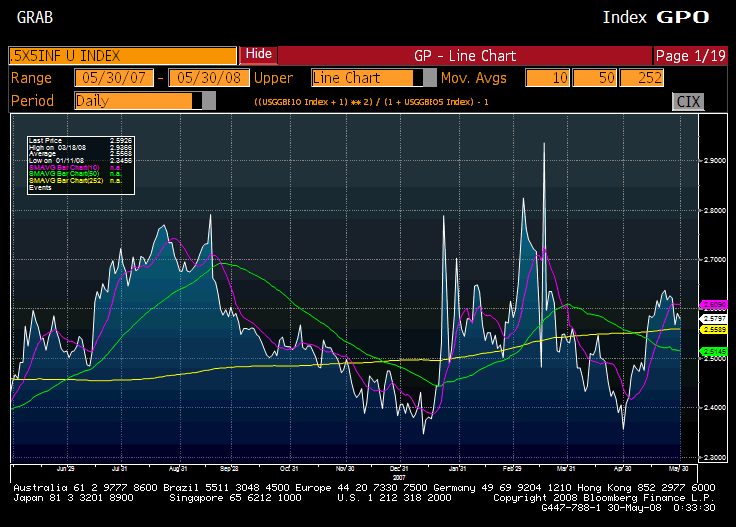Book Review: When Genius Failed
 One review of a good Roger Lowenstein book deserves another? Perhaps good things come in pairs. 😉
One review of a good Roger Lowenstein book deserves another? Perhaps good things come in pairs. 😉
I decided to review “When Genius Failed,” because reading “While America Aged” reminded me of how much I liked Lowenstein’s writing style, simplifying matters for the average reader.
I was an investment actuary when LTCM was founded, and watched out of the corner of my eye, as I saw articles about their success. Being a risk manager, I was a little skeptical over the leverage employed, but I knew of other firms that had records almost as good, employing esoteric strategies of Residential MBS. That was the era of build a better prepayment model, and the returns will flow. (Perhaps today that would apply to default models…)
When LTCM imploded, I had just joined my first investment department. In the panic that ensued, Treasury yields fell, and my boss asked his new mortgage bond manager, me, why prepayments weren’t accelerating. I suggested that the banks could not borrow at Treasury rates, better to look at single-A bank and financial yields, which were considerably higher. (Surprisingly, I got that one right.) A number of the clever prepayment modelers got their heads handed to them during this era.
The implosion affected all fixed income markets, and it was a lesson to me that markets ordinarily recover from crises starting with short maturities, and moving to longer maturities, and with high quality, and moving to lower quality. We had cash flow, and and provided liquidity at a price.
Um, oh yeah, book review.? LTCM suffered from a number of troubles:
- They were systemically short liquidity.
- They did not consider the effect of others mimicking their trades.
- They were internally disorganized; leadership was weak.
- They intensified their leverage at the wrong time.
The liquidity aspect is significant.? Illiquid assets that are similar to a liquid asset usually yield more, because the cost of trading is much higher, and the possibility of being trapped is higher also.? LTCM bought the higher-yielding illiquid assets, and hedged them with more-liquid liabilities.? This set the stage for the run-on-the-fund.? Almost all run-on-the-bank scenarios occur from institutions where the ability of depositors to demand cash is greater than the ability to raise cash in the short run.
In the same way, many on Wall Street mimicked the trades of LTCM, but they had risk control desks that forced them to kick out the trades when they went awry, which further intensified the pressure on LTCM, because it forced the asset prices of LTCM lower.
The lack of discipline inside LTCM, was a eye-opener for me, and I would not have appreciated it, were it not for Lowenstein’s book.? Financial businesses that last require tight controls on risk taking.
Another thing captured by Lowenstein was the hubris involved as they cashed out some investors in order to “favor” internal investors and close friends.? They levered up at the wrong time.? The cashed-out investors were offended, but they were the ones who did the best of any; they got the good years, and missed the bad year.
Now, beyond that, Lowenstein delivers the attitudes of LTCM and Wall Street, with all of the fear and greed.? It is entertaining reading, and the book is still timely. Even though there is no dominant investment firm that threatens the financial markets, we have the investment banks as a group taking a great deal of risk in their trading and investment banking.? The assets are illiquid, the liabilities are more liquid.? Their balance sheets are opaque.? Many of them are in the same risk posture.? Many of them are more leveraged than they would like to be.? Bear has already fallen, will Lehman fall next?
Just because investors are smart does not mean that they are infallible.? Any investor playing at a high enough level of leverage can be ruined.? This book inoculates investors against perverse risk-taking, and makes them more skeptical about the claims of hot investors.? Not losing money is a big help in making money, and skepticism in investing is usually a plus.
Full disclosure: If you enter Amazon through a link on my site and buy something, I get a small commission, and your costs don’t increase. This is my version of the ?tip jar.? Thanks to all who support me.


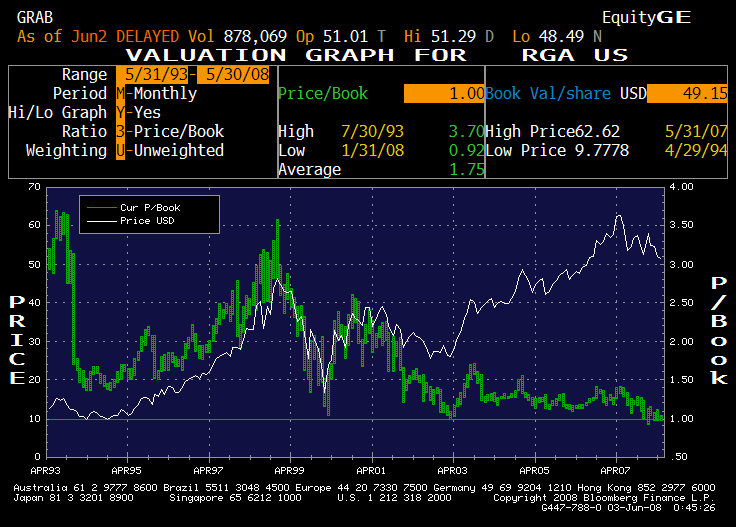
 Where were you while America aged? 😉 I’ve been following the issues in this book written by Roger Lowenstein for over 20 years. As an actuary (but not a pension actuary) and a financial analyst, I have written about the issues involved since 1992.
Where were you while America aged? 😉 I’ve been following the issues in this book written by Roger Lowenstein for over 20 years. As an actuary (but not a pension actuary) and a financial analyst, I have written about the issues involved since 1992.
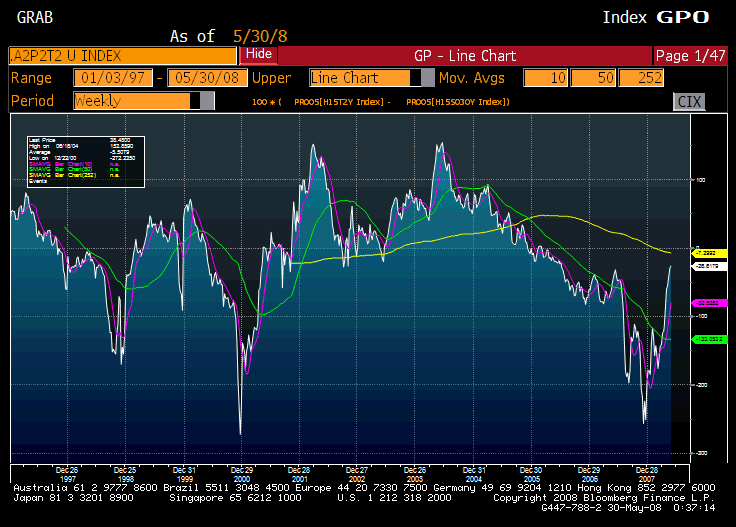 This graph shows the difference between yields on A2/P2 commercial paper and the 2-year Treasury. What this says is that a BBB company can borrow unsecured for a month at 2.7%. Not bad. Now look at the Treasury-Eurodollar [TED] spread:
This graph shows the difference between yields on A2/P2 commercial paper and the 2-year Treasury. What this says is that a BBB company can borrow unsecured for a month at 2.7%. Not bad. Now look at the Treasury-Eurodollar [TED] spread: